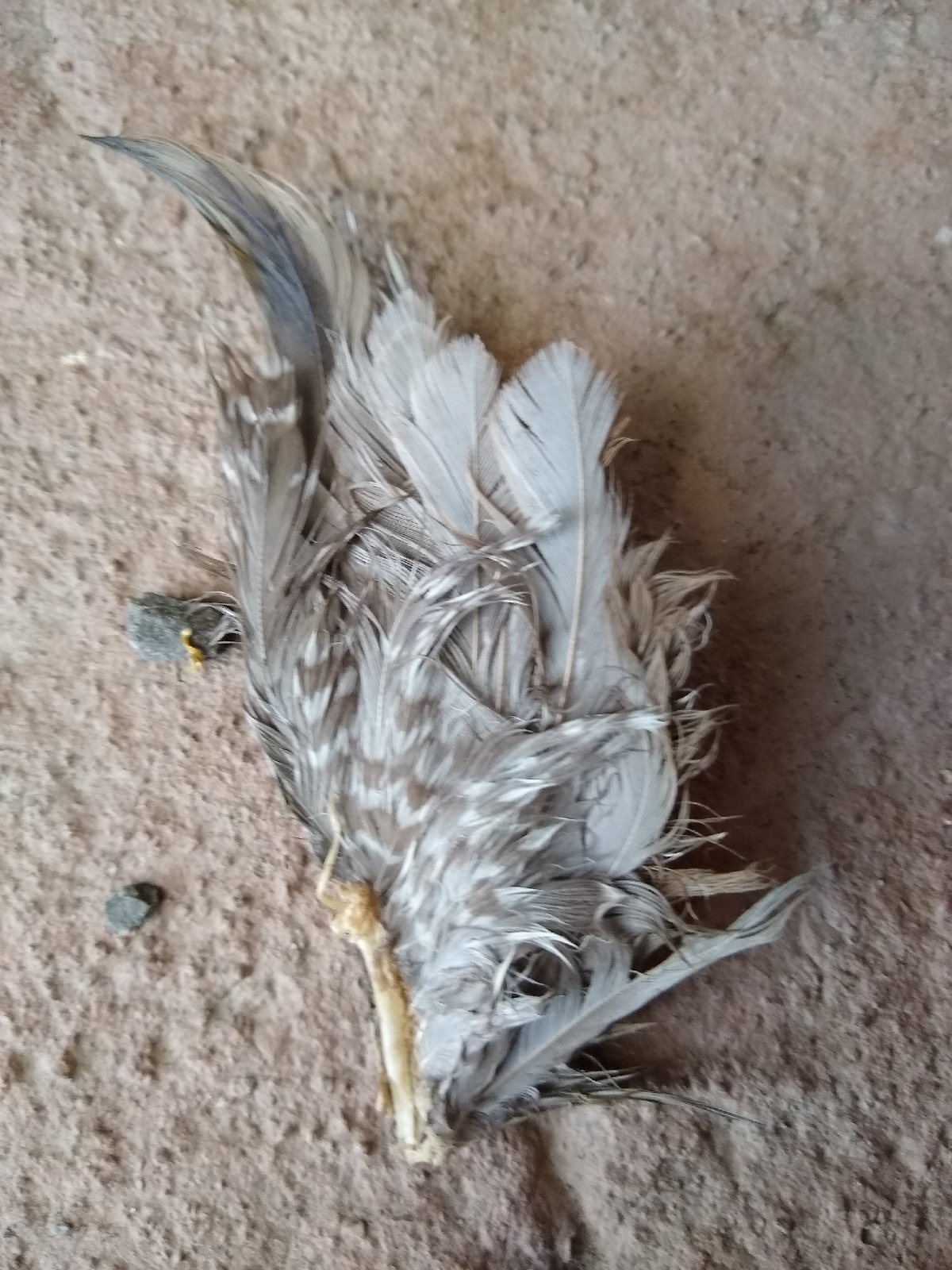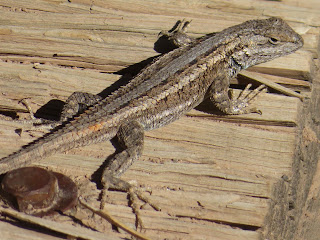Like many others in Corrales, I like to put out bird feeders, hummingbird feeders, bird baths, and water for the dogs. I am also well aware of the downsides of this non-selective source of wildlife attractant.
Still, a picture will usually help clarify an issue. This infrared picture shows the suitably demonic eyes of the ubiquitous trash panda that does such a good job of hiding from humans during the day. The time stamp on this trail cam shows the time as being around midnight. This guy has visited this birdbath around the same time over the last week. Based on my own past experiences, I can tell you raccoons are a lot bigger up close that you would think. Just as coyotes are far faster, and more agile than they should be. Some wildlife is best kept a few arm lengths away.

Even though I have no official garden, this rabbit is still able to find grass tufts to snack on. Many of these guys follow similiar paths during the night, and coyotes are usually also watching.
The recent rains mean many small flowers are out and trying to attract a few insects with some showy blooms. The best "weeds" are the first colonizers of bare fields. This one is a specialist of ditch sides. It is a pink lady.
Its nice to see a yellow flower that is not a dandelion. Of course, I have no idea what this one is, but I'm working on it. I found it in an area of horses and vineyards, so it must like disturbed soils. It is in the aster family, which is well represented in Corrales
This virginia creeper is a specialist of shadowy undergrowth environments and is a fast tree climber. This young specimen will quickly establish itself.
Many of the insects in the bosque are swarming right now. Many are NOT mosquitos. Like this one, which is pretty ubiquitous in this area next to the ditch.
This one also looks like a mosquito, but is not. Notice the difference in the antennae compared to the earlier photo.
This one actually is a mosquito. you can see the prominent proboscis with the juice sucking apparatus at the front.
This giant crane-fly is often confused with a mammoth mosquito. I guess it must seem scary, but I quite like seeing them.
All of those insects are hoovered up by the barn swallows as they sweep over the waters. Some fly high, others, like this one, go for the insects that are laying eggs on the water surface. Swallows are devilishly difficult to photograph. This bird did about 20 passes along the ditch, I was taking tens of pictures, and this photo was the only one that even came close to coming out "right".
There are many other birds that prefer a more sedate style of hunting. This sandpiper hunts along the water edge very far from any people.
This awesome hunter often perches on the edge of water and darts out to catch flies in mid air. It's flying skills are pretty impressive.
The prey is not completely defenseless. There are many wasp species, and they are out on the bosque doing various errands. Look closely and notice the "two" antennae are fused in this picture, these are just for show; this is a fly species pretending to be a critter with a stinger. The wings also look identical to those of a paper wasp (which it also isn't). All these species of hoverfly are wasp mimics.
The best evasion strategy is to not evade anything. The termite males take flight right after rains and are looking for these pale yellow females. There are swarms in the bosque now, as far as I can tell, most do not eat people's houses, they just want to lay eggs
There are many species laying eggs right now. Many have hatched, the first goslings are on the river with the adults. I think this egg hatched, bit it is sort of hard to tell. the wind and rain for the last day brought down many cottonwood branches, along with a few nests.
This is a baby snapping turtle (a svelte common snapper, not the hulking alligator snapper). It has spikes on its shell like a pine cone. It has a long tail and large head.
This slider (you can barely see a "red ear") also has spikes of the rear of it's shell, but the shell's scales (scutes) are smooth and look like they have fingerprints (or Chinese script), which give this pond slider it's Latin name; scripta.
here is a lizard showing off why it's called a fence post lizard. There were many on just one site, which is pretty unusual for this solitary species.
Lizards are incredibly complex creatures, which is easier to appreciate in close up. These are the spiny lizards because the scales end in sharp points. There always seems to be a lot of thinking going on behind those small eyes.































































